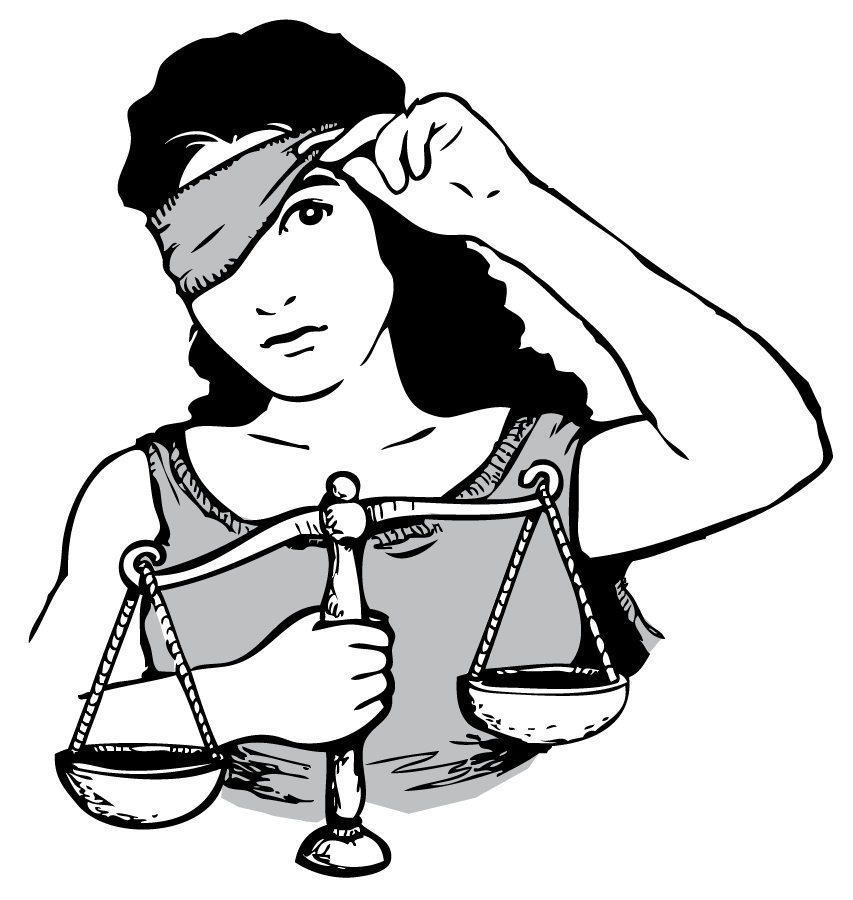Racial inequalities run rampant throughout the United States, but none are more obvious than within the criminal justice system. Institutionalized and systematic racism has crippled ethnic minorities for generations, resulting in a plethora of less-than-desired outcomes, both for those marginalized populations, as well for the rest of society as a whole.
The following content was taken from my Writing in the Discipline in Criminal Justice final research paper, and it highlights just a few of the many blatant issues that face the criminal justice system and the programs that coincide with it.
Basic Statistics
According to one study published in 2015, disparities in race may well be the most controversial within correctional facilities. Black youth comprised only 16 percent of the United States’ population in the year of 2009, but were involved in a whopping 51 percent of all violent offenses committed in the same year. That same study found that Black youth are five times likelier to be detained and/or arrested, and Hispanic youth are three times likelier to be arrested than White youth of the same age demographics, according to another study published that same year. Subsequently, youth of color are at greater risk of failing to comply with the terms of their probation than their White counterparts, according to an article published in the journal Law and Human Behavior. This can be explained by the fact that a greater police presence is found in neighborhoods comprised largely of ethnic minorities, and further, a greater chance of detainment for them.
Adverse Effects
Researchers Joshua Cochran and David Mears posits in the that African-American youth are more prone to be transferred into the adult court system and be committed to a residential facility rather than be sentenced to probation. This supports their thought that, because of the costly and in-depth nature of service-oriented juvenile probation, youth courts might not be so willing to hand down a sentence of probation to Blacks. According to a study published in 2014, Black juveniles were likelier than their White counterparts to not have complied with their court-ordered probation requirements. This suggests that probation officers are stricter on minority probated youth than White juveniles. In fact, it was found published in 2015 that if a probationer was White, the supervising officer had more contact with the family, which supports the notion that Black youth were more likely to fail to comply with their terms of probation because of a lack of involvement of the officer with the probationer’s family.
The effects of being involved in the justice system are long-term and vary in many different ways and aspects, according to several studies in both 2014 and 2015. Youth are a highly-vulnerable group within society that are physically, developmentally, socially, and mentally still growing and possess higher rates of mortality, thus requiring more attention than other groups of ages. Because of this, youths that have been involved within the juvenile justice system face a number of significant future problems, such as mental disorders or disabilities, reckless or violent actions, misuse or addiction to drugs or alcohol, issues with learning or quitting school altogether before graduating and by proxy, a weakened chance of admission to higher education, issues with obtaining steady employment, as well as future criminal behavior and subsequent referrals to the system. Out of the youth deemed delinquent in 2009, 40 percent were sentenced to facilities or incarceration. This puts a fiscal strain on the community who pays taxes to fund these facilities because quite a few states pay about two times as much on youth facilities than they spend on supervising probated youths. In fact, states pay an average of $241 a day for the incarceration of a youth in a correctional facility.
Programs designed to be incarceration-intensive have been found to have criminogenic effects on youth, by way of allowing them access to the subculture of criminality, weakening their perceptions of socially accepted behaviors (Lancaster et al., 2011). Cochran and Mears go a step further and suggest that this is especially true for minority groups, Blacks specifically, which have fallen victims to harsher sanctioning by the courts.
Conclusion
Although the height of the Civil Rights Movement occurred back in the 1960s, there are still some obvious and blatant trends that seem to target minority groups, which in the 21st century, should be nothing short of unacceptable and intolerable within a country that has touted the 240-year-old notion that “all men are created equal,” as stated within the second paragraph of the Declaration of Independence. Much change needs to occur in order to correct these violations of fairness and true justice for all, which applies to every United States’ citizen.

















